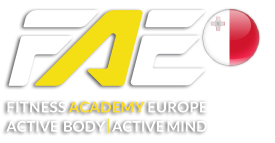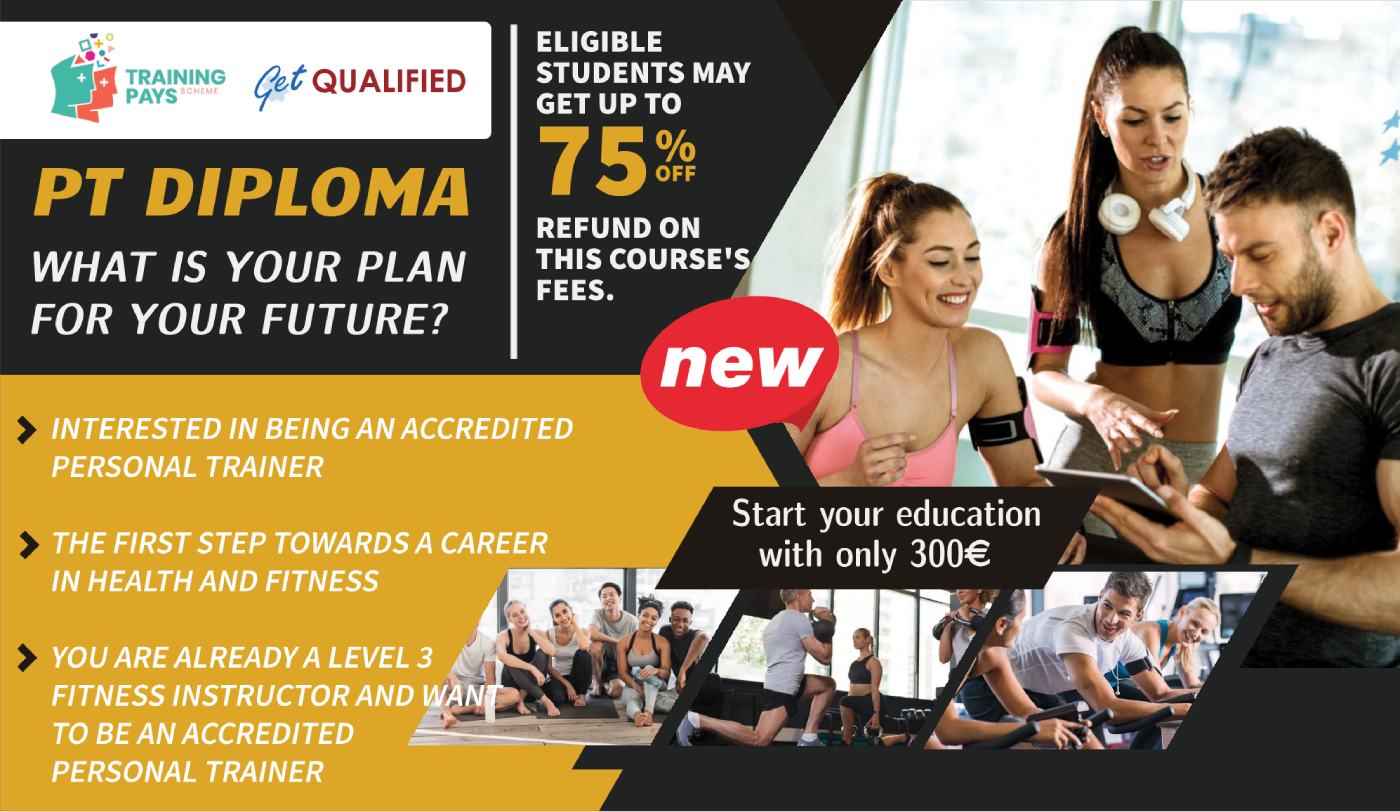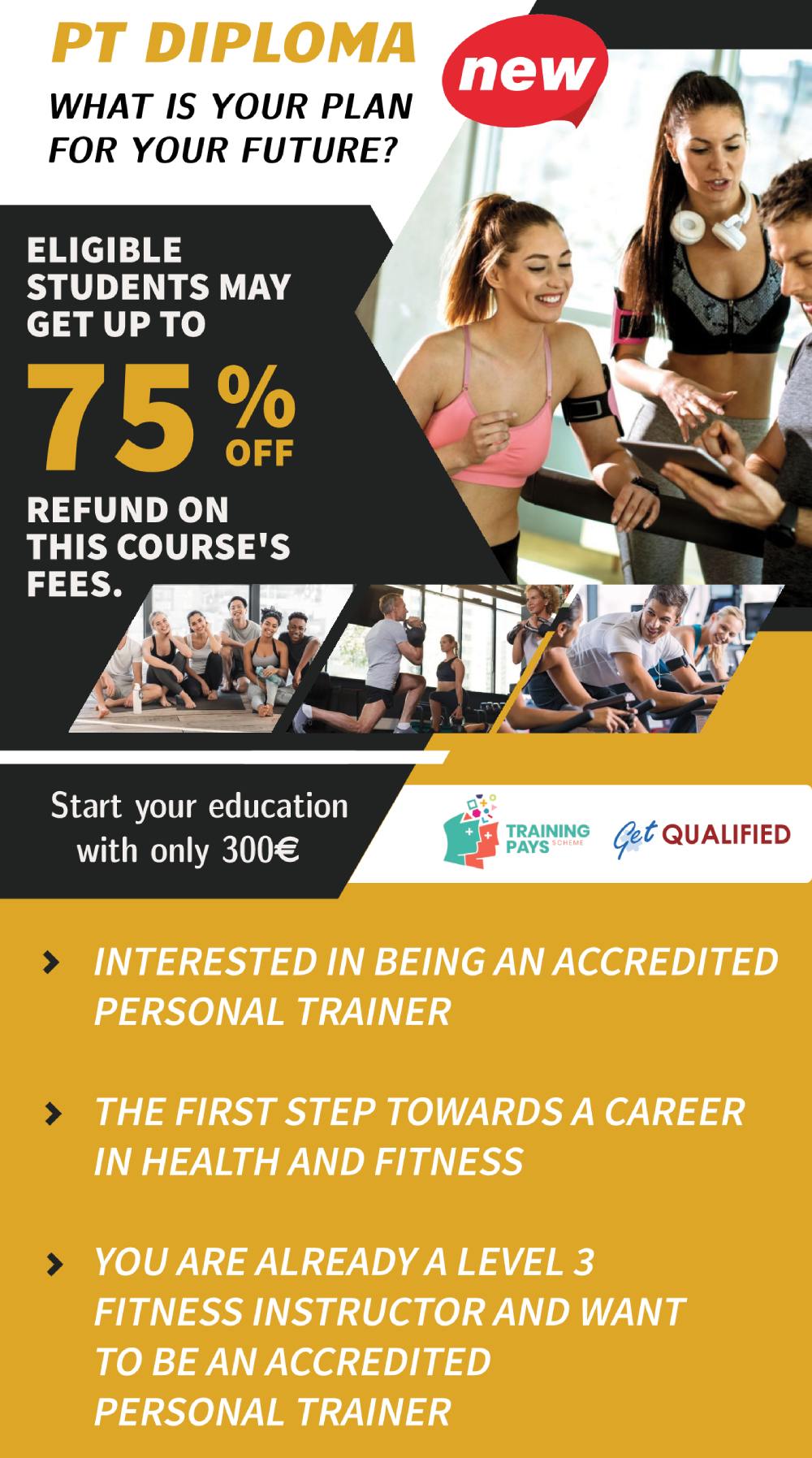Positives And Negatives of the Vegan Diet
The Vegan diet and lifestyle is one that has been around for decades at this point, however, over the last few years it has grown tenfold in public consciousness with most chain restaurants and businesses offering and promoting vegan alternatives. This movement has had its praises and its detractions, daily for the ideas around veganism. Despite this though, it is not all that common to see a look at the diet of veganism and what it can do for us both positively and negatively. So, here is where we talk about the research around the impact of a vegan diet on our bodies and our brains.
Positives:
In 2018, Draper looked at the popular social media challenge at the time of going vegan for 48 hours and actually found that this challenge could have a great impact on many bodily functions such as cholesterol control as well as a great impact on our metabolic rate.
In the same year, Van Rensburg wrote an article which highlights the importance of an appropriately planned vegan diet and how if this is followed can significantly lower the risk of many health problems such as heart problems and digestion issues .
Young (2012) also looked at the vegan diet and its impact on health and found that there is a correlation present between switching to a vegan diet after a cancer diagnosis and the decreased chance of recurrence further down the road. In all of this examples, the emphasis is placed very much on the right type of vegan diet.
Negatives:
In regards to correlations, Matta (2018) found in their paper that any exclusion of food groups from a diet can lead to an increased prevalence of depressive symptoms and strongly encouraged against the vegan diet for anyone suffering with poor mental health.
Losasso (2018) discussed dietary choices among vegans and argued that just adopting the label of vegan does not mean you are healthy and that many vegan diets out there are actually less healthy than omnivore diets. It is still important to eat well and eat proportionally and this is a fact that is sometimes overlooked when someone transitions into a vegan diet.
Back in 2009, Jamieson talked about the emerging Youtube community and how many videos were coming out with “quick and easy” ways to be a vegan. He also spoke about how many people do not realise that becoming vegan is a challenge for many people and requires a high level of planning.
Conclusion:
Obviously, the impact of veganism goes a lot deeper than these few examples, however just here we can see the difference in opinions that exist about the diet. The one common denominator that seems to exist among all research is the importance of planning and awareness. The vegan diet can be very positive for some people when used correctly, however there are those out there who see it as a trend and go vegan without any research into it and usually they notice a deterioration in their health.
Daniel
Team PTI
References:
Draper, C.F., Vassallo, I., Di Cara, A., Milone, C., Comminetti, O., Monnard, I., Godin, J.P., Scherer, M., Su, M., Jia, W. and Guiraud, S.P., (2018). A 48‐Hour Vegan Diet Challenge in Healthy Women and Men Induces a BRANCH‐Chain Amino Acid Related, Health Associated, Metabolic Signature. Molecular nutrition & food research, 62(3), p.1700703.
Losasso, C., Eckert, E.M., Mastrorilli, E., Villiger, J., Mancin, M., Patuzzi, I., Di Cesare, A., Cibin, V., Barrucci, F., Pernthaler, J. and Corno, G., (2018). Assessing the influence of vegan, vegetarian and omnivore oriented Westernized dietary styles on human gut microbiota: a cross sectional study. Frontiers in microbiology, 9, p.317.
Matta, J., Czernichow, S., Kesse-Guyot, E., Hoertel, N., Limosin, F., Goldberg, M., Zins, M. and Lemogne, C., (2018). Depressive symptoms and vegetarian diets: results from the constances cohort. Nutrients, 10(11), p.1695.
Jamieson, A., (2009). Living Vegan For Dummies. John Wiley & Sons.
Van Rensburg, L.M.J., (2018). The Opinion of KwaZulu-Natal Dieticians Regarding the Use of a Whole Foods Plant Based Vegan Diet in the Management of Non-communicable Diseases (Doctoral dissertation, University of KwaZulu-Natal, Pietermaritzburg).
Young, L.R., (2012). Vegan Diet Preventing Recurrence of Breast Cancer.





